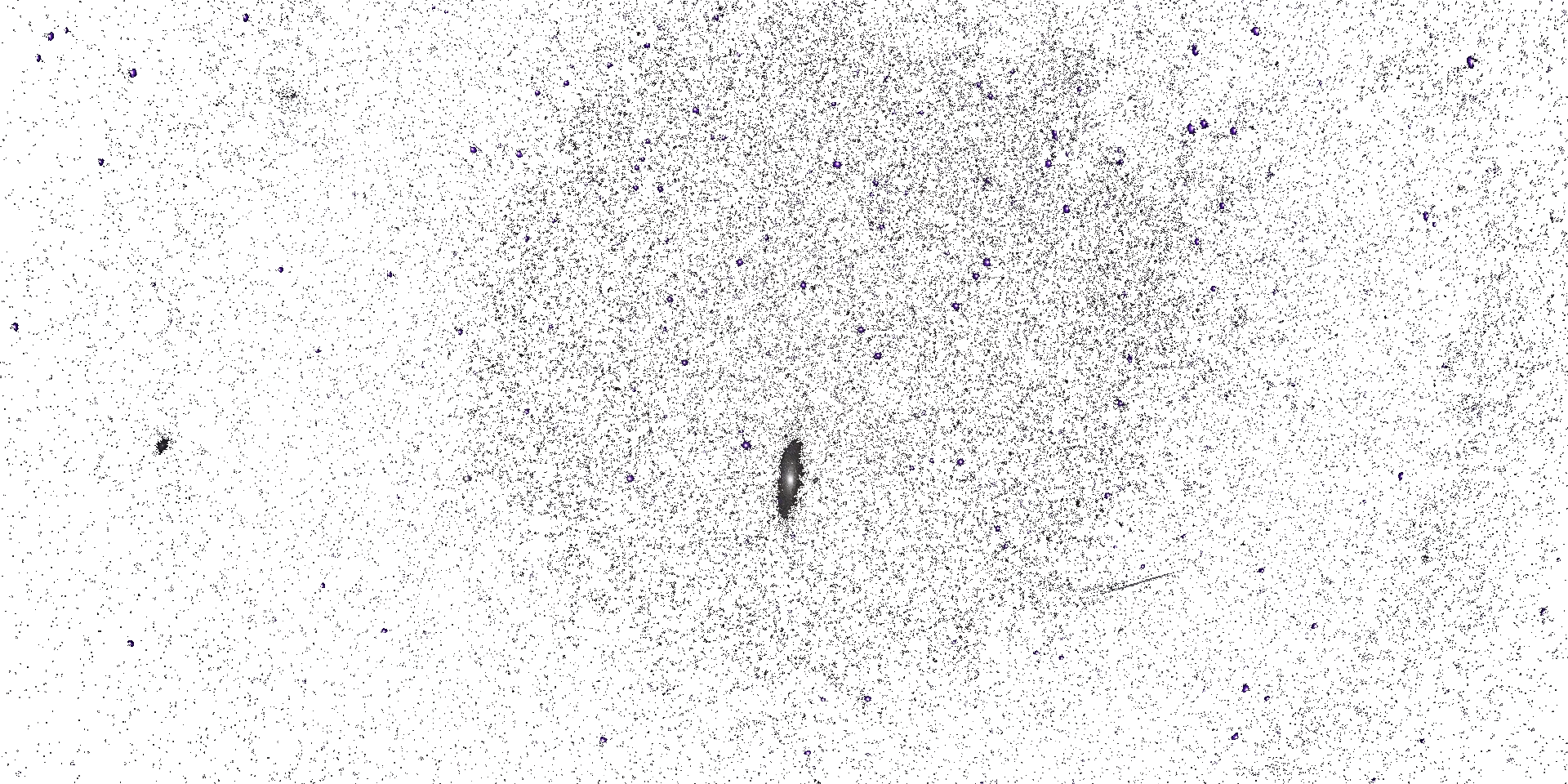




Space Climate 8 Meeting Abstract
Prediction of sunspot cycles with Hale cyclicity
Timo Asikainen (Space Physics and Astronomy Research Unit, University of Oulu, Finland)
Jani Mantere
Prediction of the sunspots has been an everlasting interest in the space science community since the discovery of the sunspot cycle. Sunspot number is an indirect indicator of many different solar phenomena, e.g., total and spectral solar radiation, coronal mass ejections, solar flares and magnetic active regions. Its cyclic variation can even be used as a pacemaker to time different aspects of solar activity, solar wind and resulting geomagnetic variations. Therefore, there is considerable practical interest in predicting the evolution of future sunspot cycle(s). This is especially true in today’s technological society where space hazards pose a significant threat, e.g., to satellites, communications and electric grids on ground have been recognized. Another interest to predicting sunspots arises from the relatively recently recognized influences of variable solar radiation and solar wind activity on Earth’s climate system.
There are a variety of methods developed for predicting sunspots ranging from statistical methods to intensive physical simulations. Some of the most successful, yet relatively simple, methods are based on finding precursors that serve as indicators for the strength of the coming solar cycle. These methods are often based on statistics of all past solar cycles. However, most of these methods do not typically take into account the 22-year Hale cycle of solar magnetism, which is well known in different solar and geomagnetic phenomena.
Here we study the prediction of sunspot cycles taking into account the Hale cycle. We first show that the time evolution and shape of all sunspot cycles are extremely well described by a simple parameterized mathematical expression. We show that the parameters describing the sunspot cycles can be predicted using precursors found partly from past sunspot values and partly from geomagnetic activity, which is often used as a precursor proxy for solar polar magnetic field in the sunspot minimum. Most importantly, though, we find that even and odd sunspot cycles obey different statistics therefore implying Hale cyclicity. Separately these statistical relations are more significant than those based on combining even and odd cycles together. Using these statistics we construct a new method to separately predict even and odd sunspot cycles and apply it to the newly started solar cycle 25.
Mode of presentation: poster (Need to be confirmed by the SOC)
